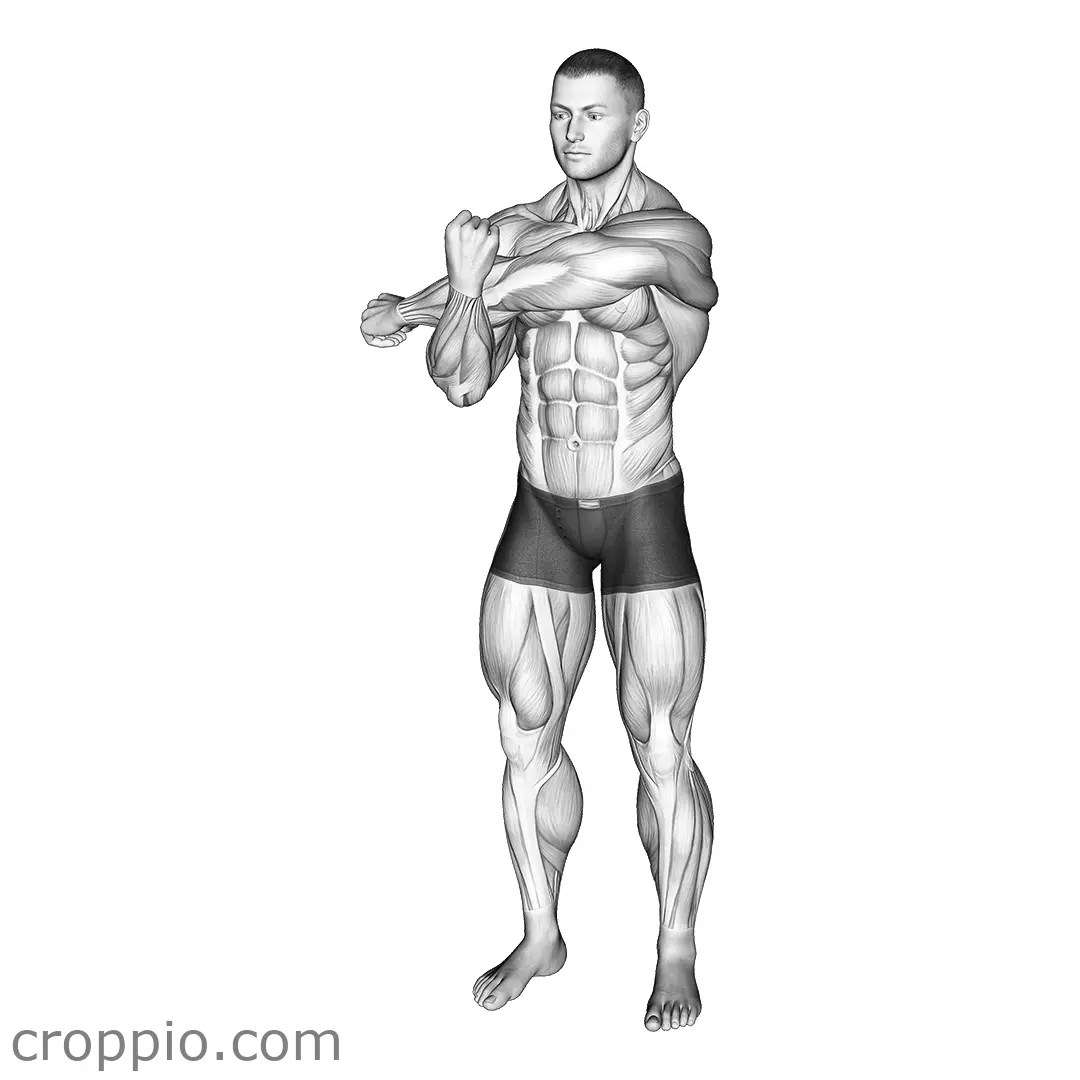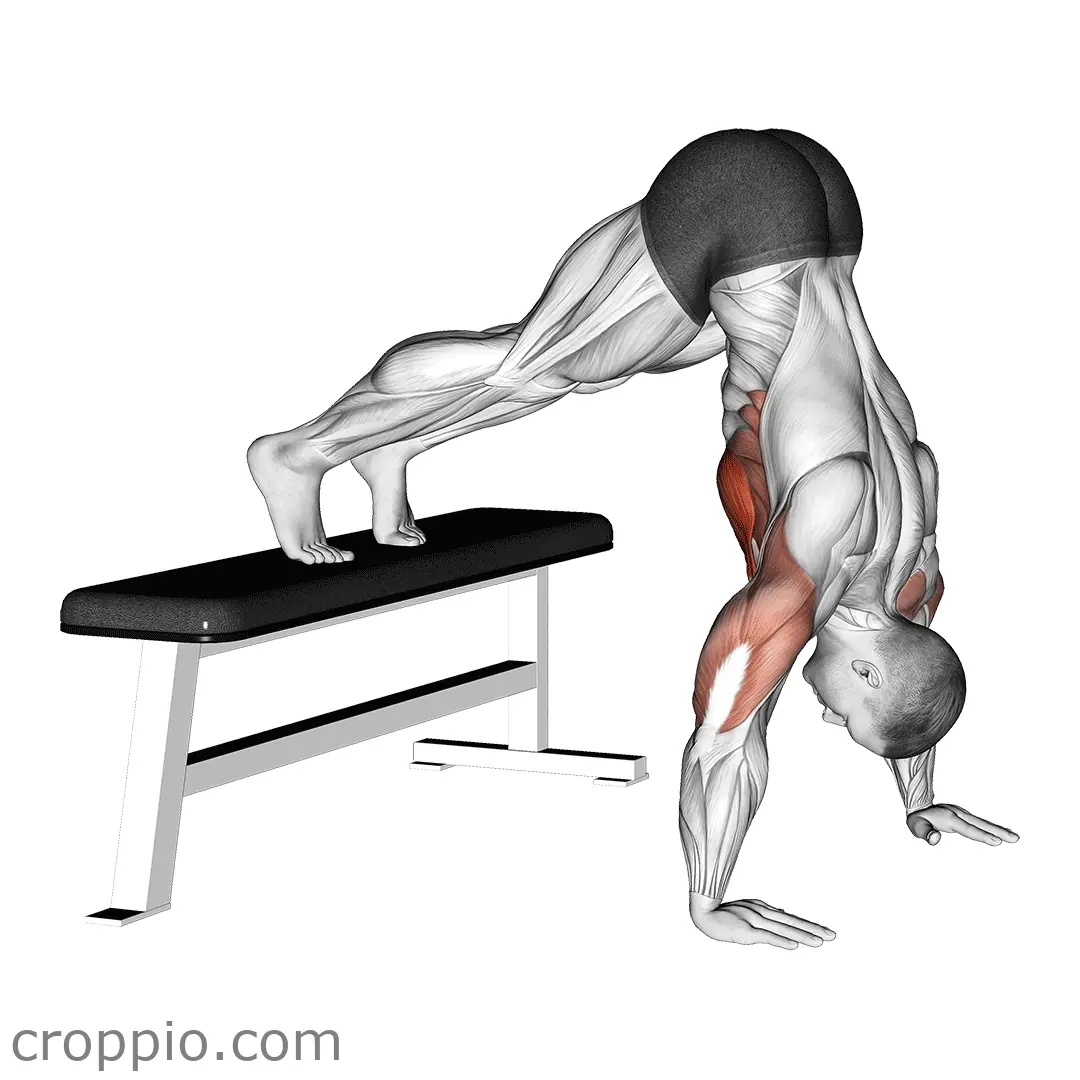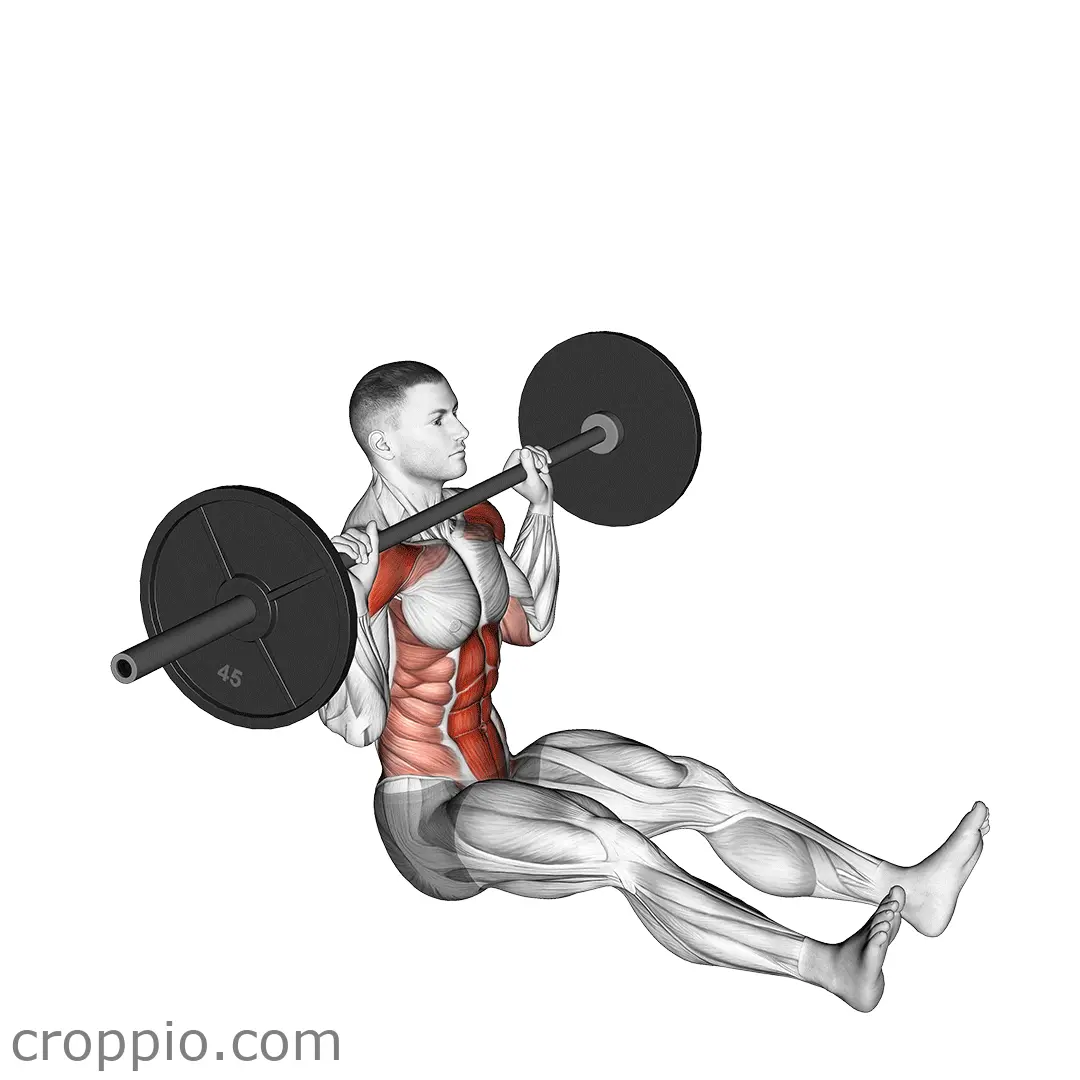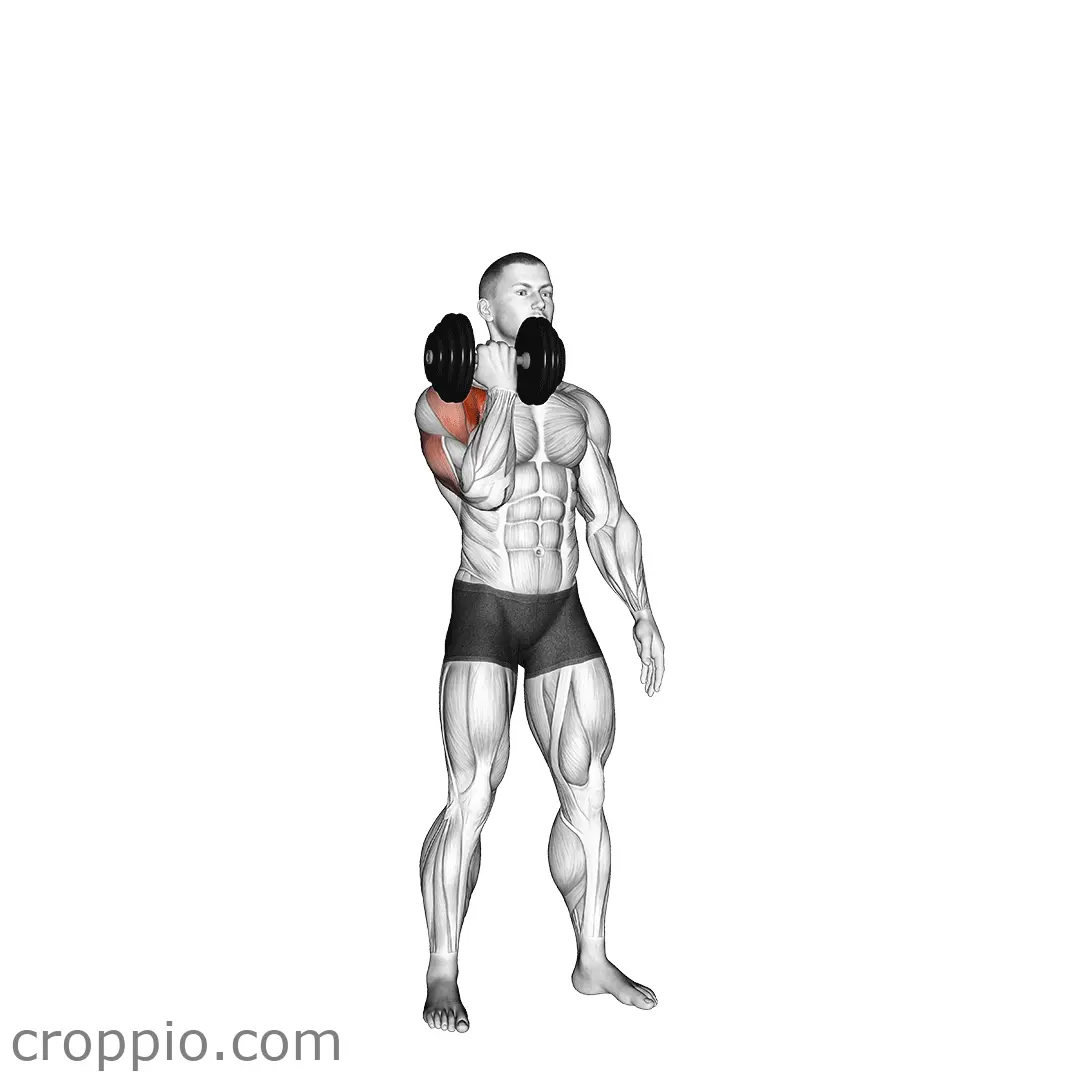Shoulder External Rotation Stretch
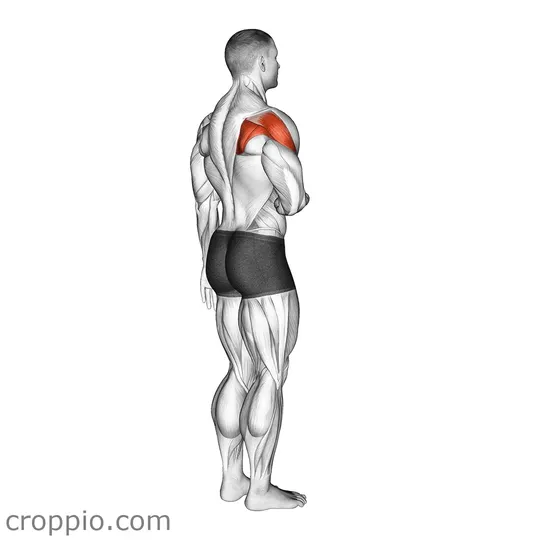
Muscles Involved
The shoulder external rotation stretch primarily targets the rotator cuff muscles, particularly the infraspinatus and teres minor, which are essential for shoulder stability and mobility. These muscles are responsible for external rotation of the shoulder joint. Additionally, the posterior deltoid and the surrounding scapular stabilizers, including the upper and middle trapezius, also engage during this stretch, contributing to improved range of motion and enhanced flexibility. Furthermore, the stretch can positively affect the pectorals, promoting a balanced shoulder girdle.
Top Mistakes
- Overextending the Back: Arching the back excessively during the stretch can lead to strain. Maintain a neutral spine throughout.
- Holding the Breath: Failing to breathe deeply can create tension in the muscles, preventing relaxation. Focus on steady breathing.
- Not Engaging Properly: Not aligning the arm or shoulder properly can reduce the effectiveness of the stretch. Ensure correct positioning of the shoulder and elbow.
Execution Tips
To perform the shoulder external rotation stretch effectively, begin by standing or sitting upright with your back straight. Bring your arm up to a 90-degree angle, keeping your elbow close to your body. Use your opposite hand to gently push the forearm back while maintaining the 90-degree angle. Ensure that your shoulder remains relaxed and does not elevate during this movement. Hold the stretch for 15-30 seconds, feeling a comfortable tension in the shoulder and upper arm without inducing pain. Breathe deeply; this promotes relaxation and enhances the stretch. Switch arms and repeat to ensure balanced flexibility and strength.
Workouts
The shoulder external rotation stretch can be seamlessly integrated into a balanced workout regimen. Aim to perform this stretch 2-3 times per week, holding each position for 15-30 seconds and repeating for 2-3 sets per arm. It can be beneficial to pair this stretch with complementary exercises such as shoulder press, lateral raises, and rows to promote overall shoulder strength and mobility. Including a warm-up and cool-down phase, incorporating this stretch post-strength training can aid in recovery and flexibility maintenance.
Conclusion
The shoulder external rotation stretch offers significant benefits, including increased shoulder flexibility, improved range of motion, and reduced risk of injuries. By focusing on the proper technique and avoiding common mistakes, individuals can effectively enhance shoulder function and contribute to overall upper body strength and mobility. Regular practice of this stretch fosters better posture and functional movement patterns, which are essential for both daily activities and athletic performance.
